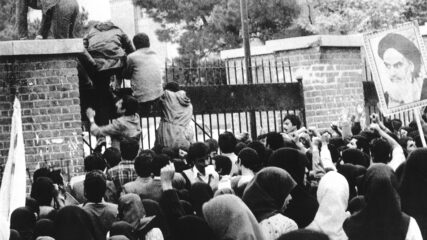April 11, 1909
Sixty-six families gather on the sand dunes outside Jaffa and select lots for property in a new neighborhood called Ahuzat Bayit (“Homestead”), which becomes the first modern Jewish city, Tel Aviv.
As the Jewish population in Jaffa grew at the end of the 19th and beginning of the 20th centuries, a society was established to create a garden suburb outside the city limits. The group was seeking to escape the overcrowding and increasing rents of the mainly Arab city of Jaffa, where many Jews lived during the period of the Second Aliyah. The society purchased the Karm Jabali land northeast of Jaffa and obtained a loan of 300,000 francs from the Jewish National Fund to construct the first 60 houses.
Akiva Arieh Weiss, the chairman of the society, gathers 66 gray seashells and 66 white seashells. Weiss writes the names of the participants on the white shells and the plot numbers on the gray shells. He pairs a white shell and a gray shell to assign each family a plot.
According to Rivkah Alper, whose family is among the first 66, “All the members gathered on the piece of land — an expanse as far as the eyes could see with its crests and dips like a stormy sea. Will a settlement truly arise here? Fearfully I drew the lot. … Afterwards each family went out to inspect the piece of land which had befallen them. Four stakes marked out its boundaries. We surveyed it with amazement and great emotion. Here we will begin a new independent life. Here we will erect a dwelling according to our own liking.” (Levi Soshuk and Azriel Eisenberg, eds., Momentous Century: Personal and Eyewitness Accounts of the Rise of the Jewish Homeland and State, 1875-1978, New Jersey: Cornwall Books, 1984, pp. 82-83)
Since its founding in 1909, Tel Aviv has grown to be the second-largest city in Israel with the largest metropolitan area.










